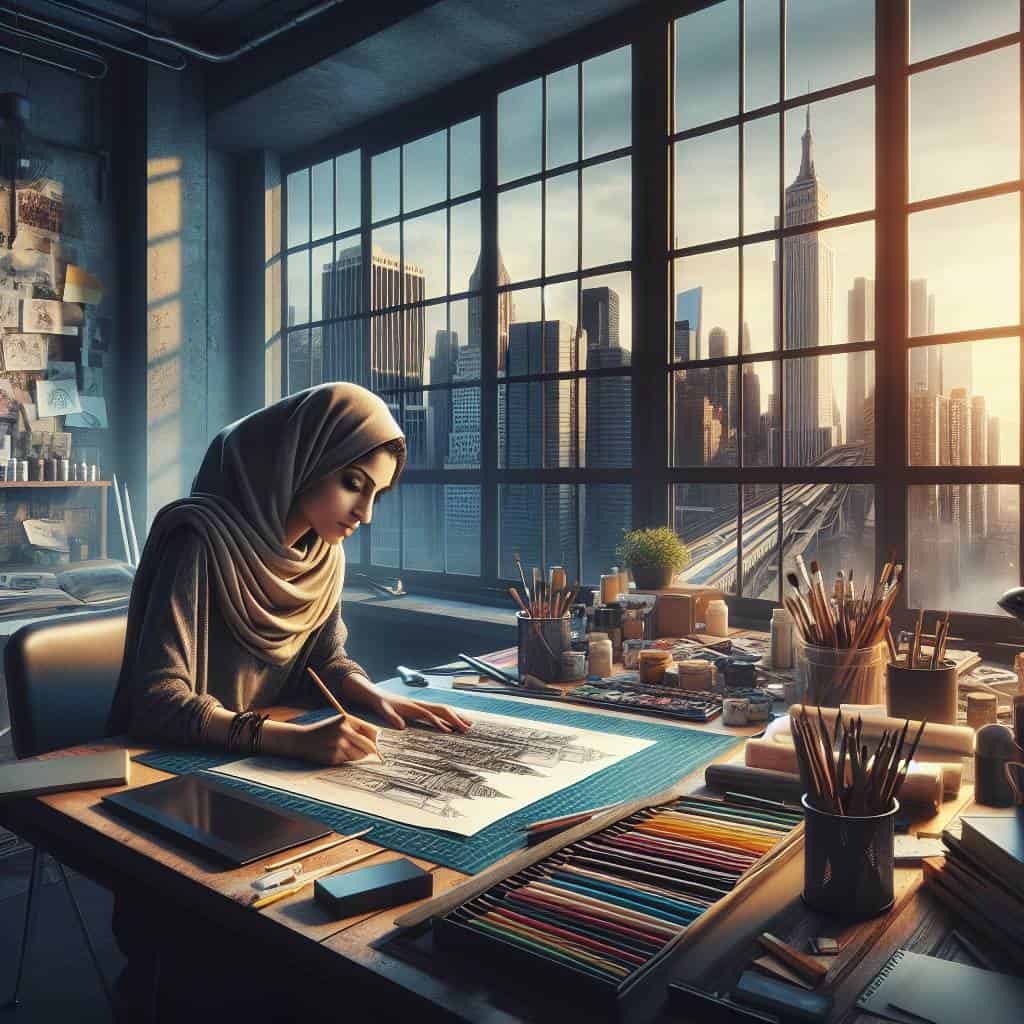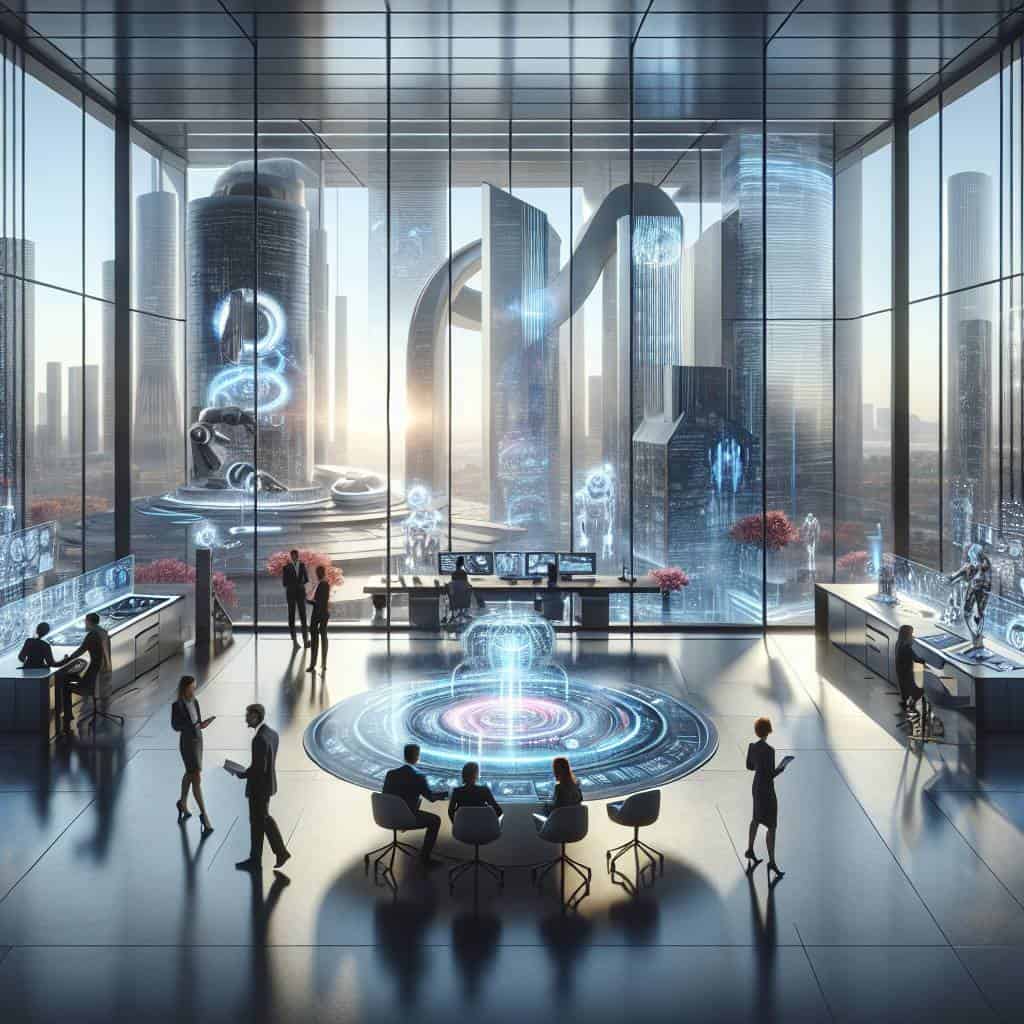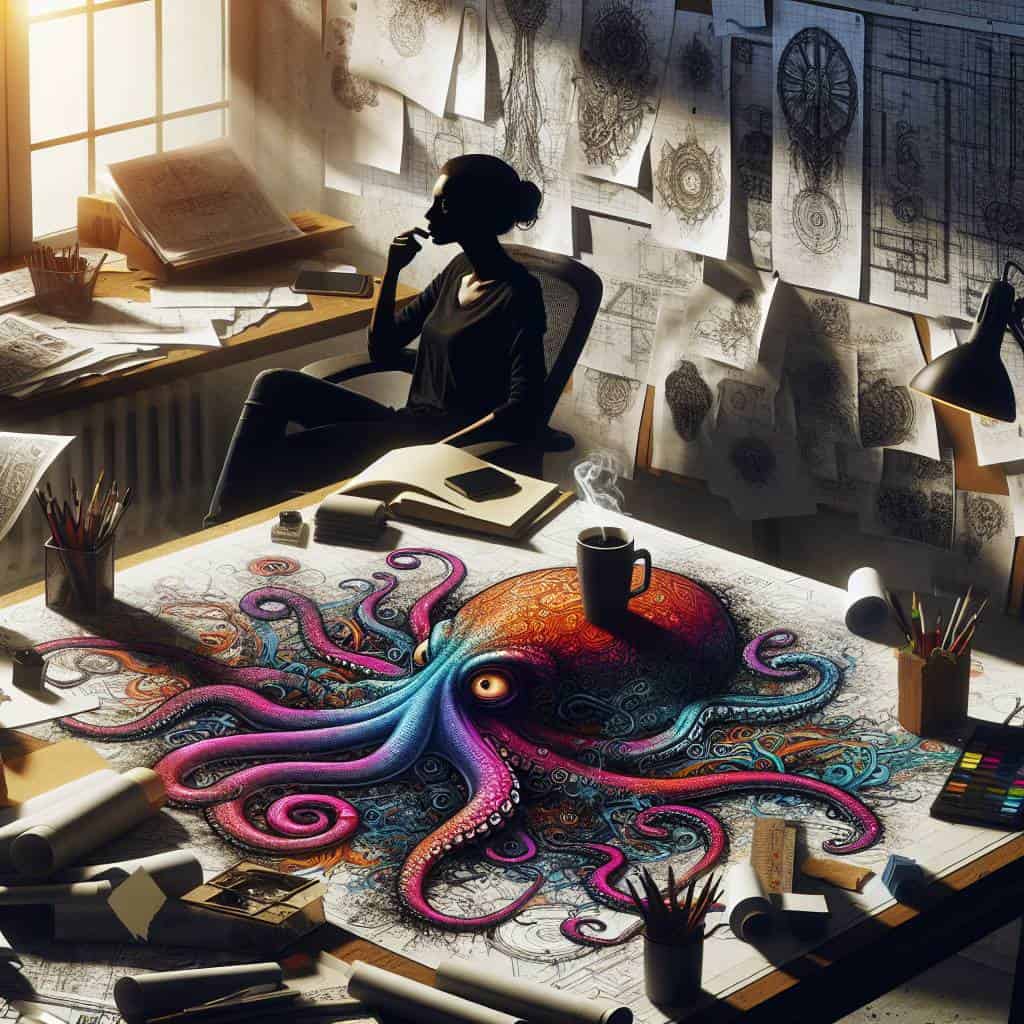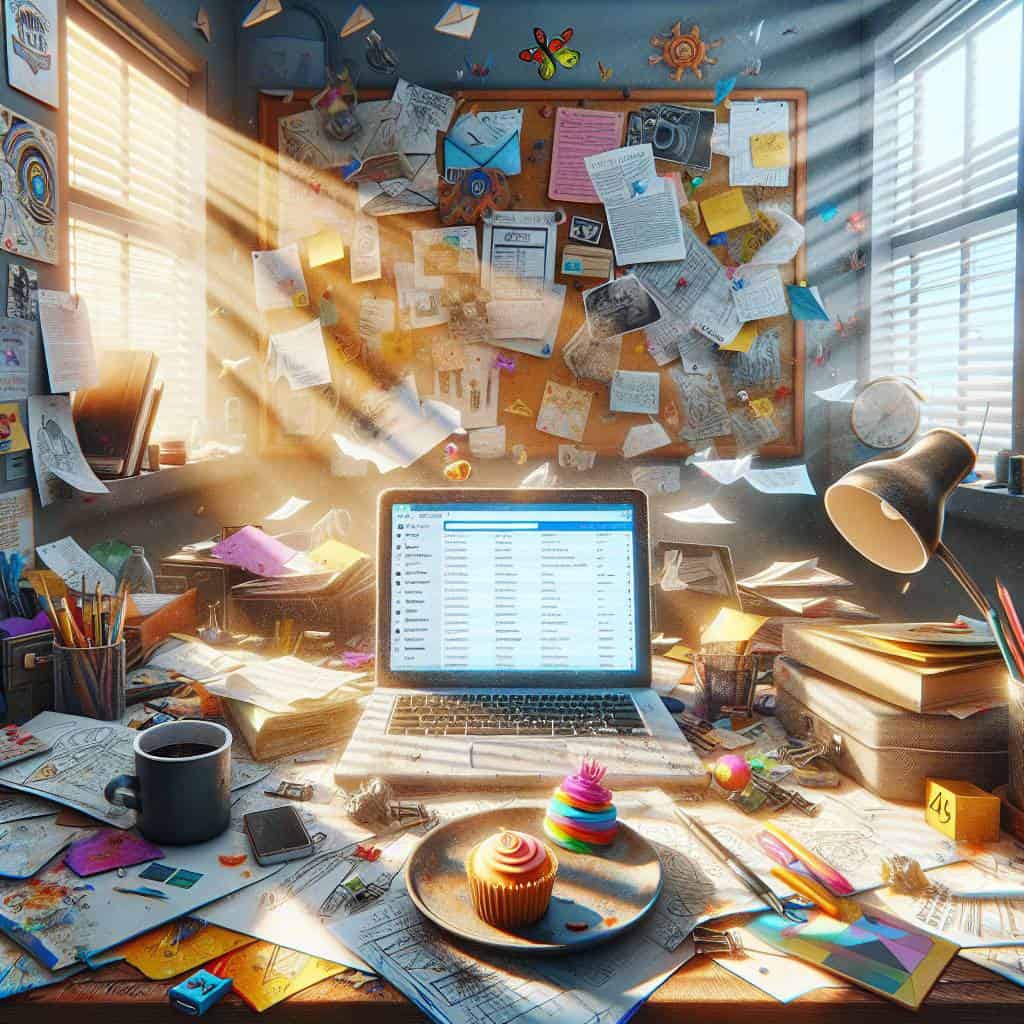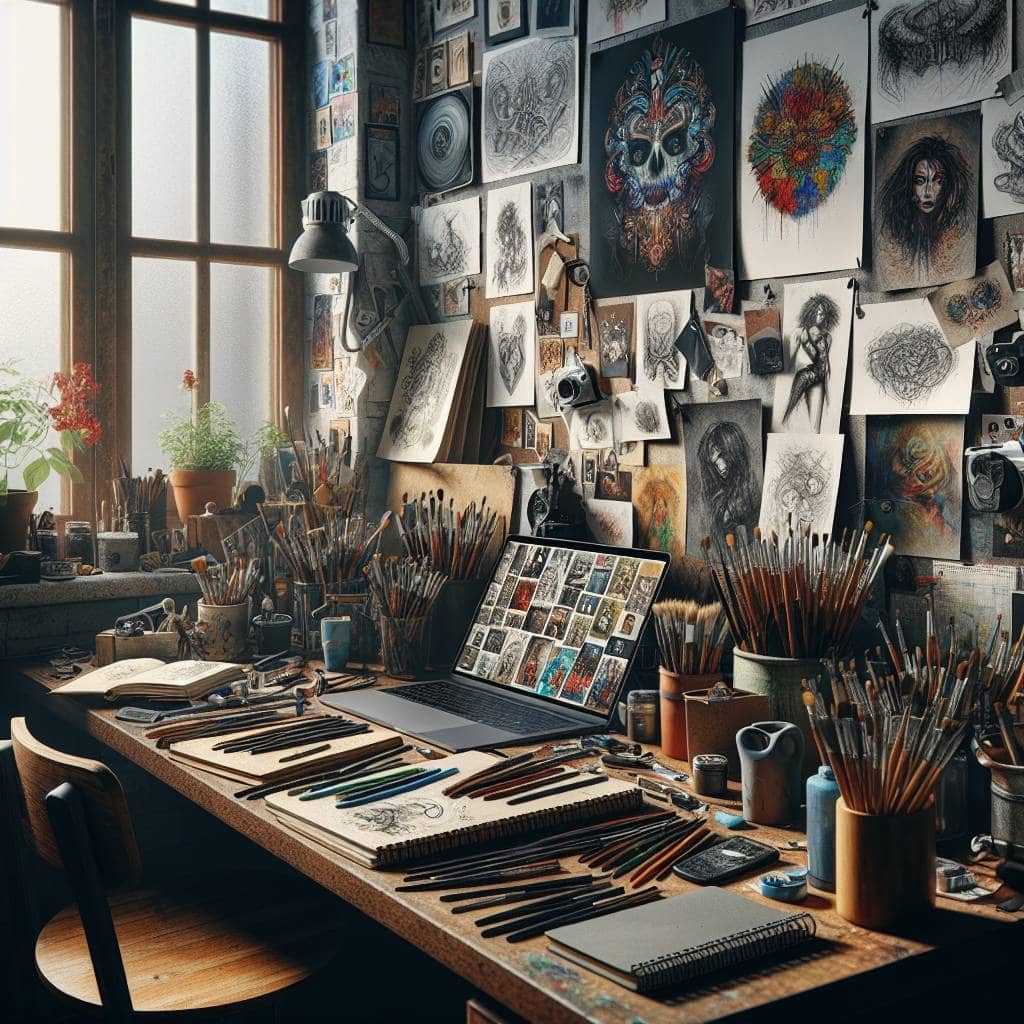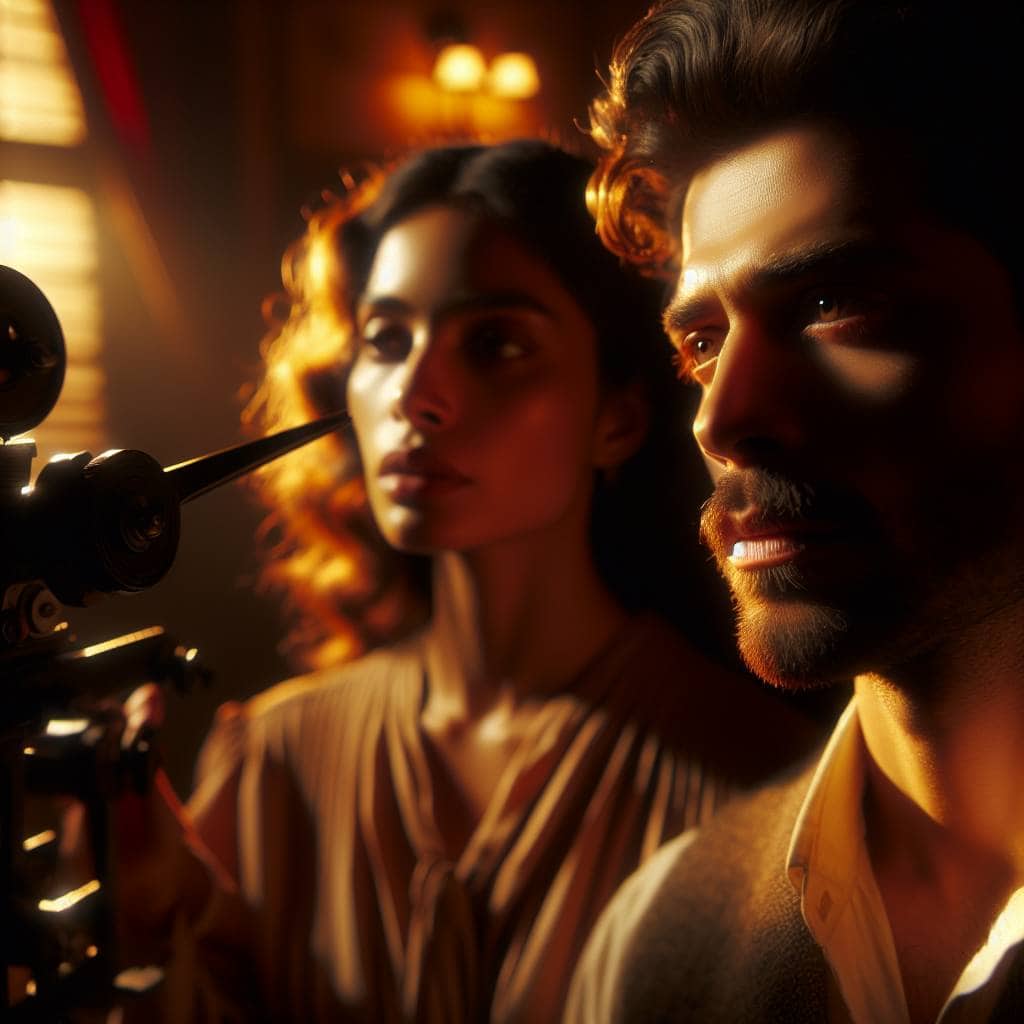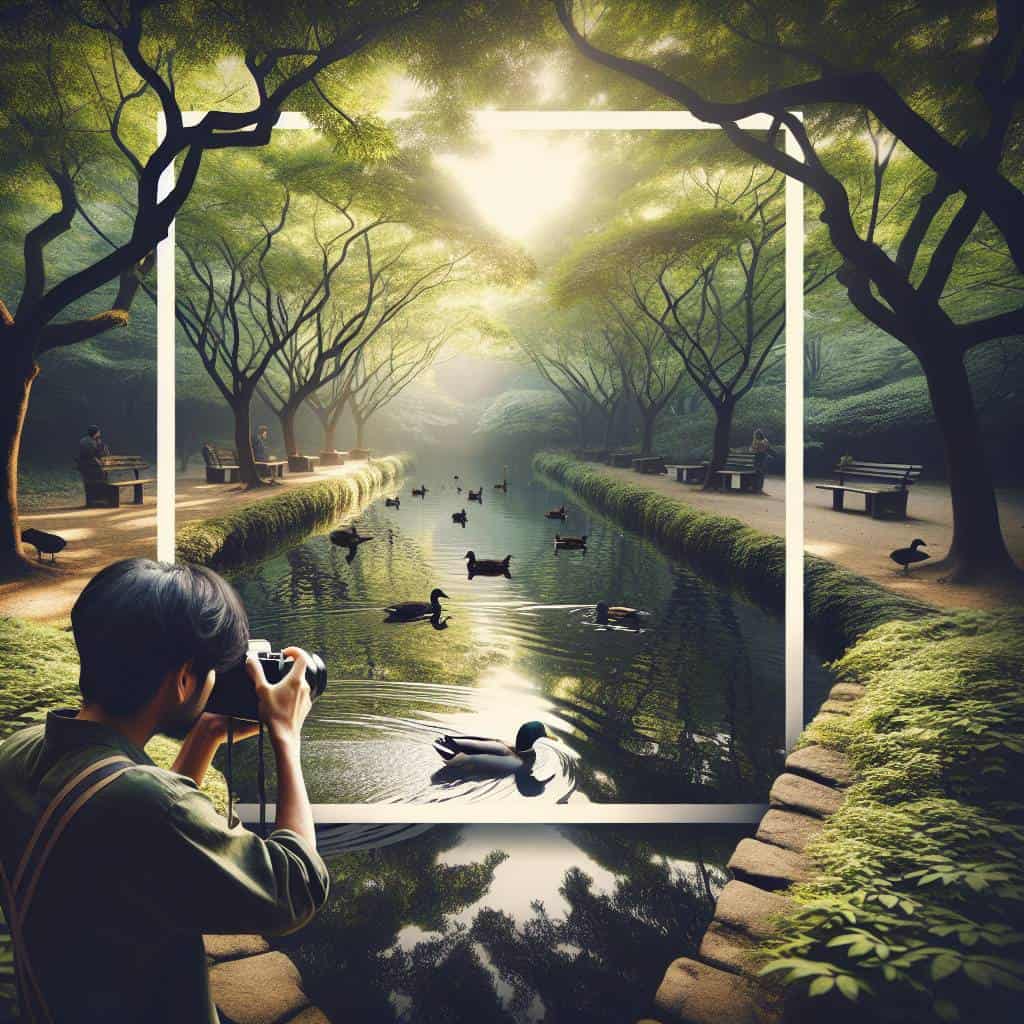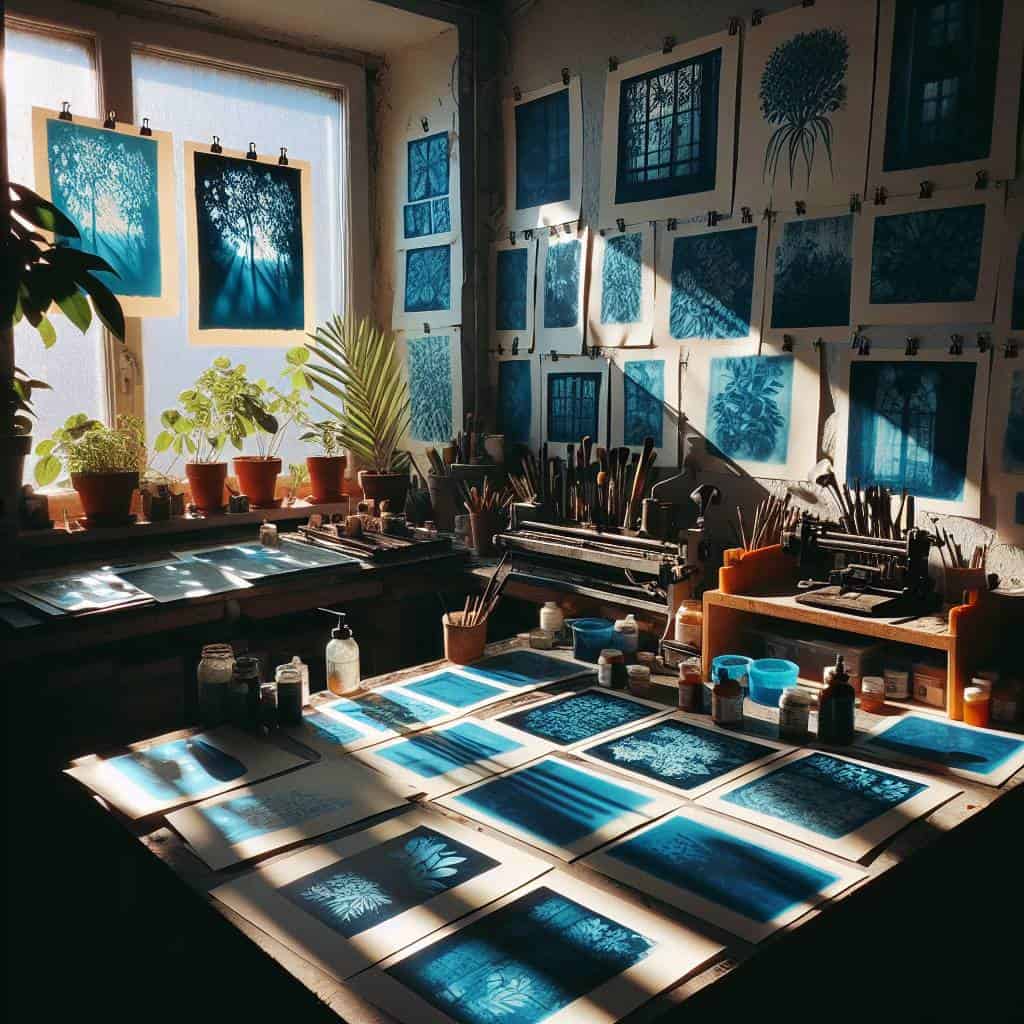I remember the first time I tried my hand at color grading. Armed with nothing but a shaky YouTube tutorial and a laptop that sounded like it was about to take off, I was convinced I could transform my bland footage into a cinematic masterpiece. Spoiler alert: I failed spectacularly. My video ended up looking like a cross between a vintage soap opera and a particularly colorful fever dream. But hey, that’s the beauty of diving headfirst into the chaos of creativity, right?
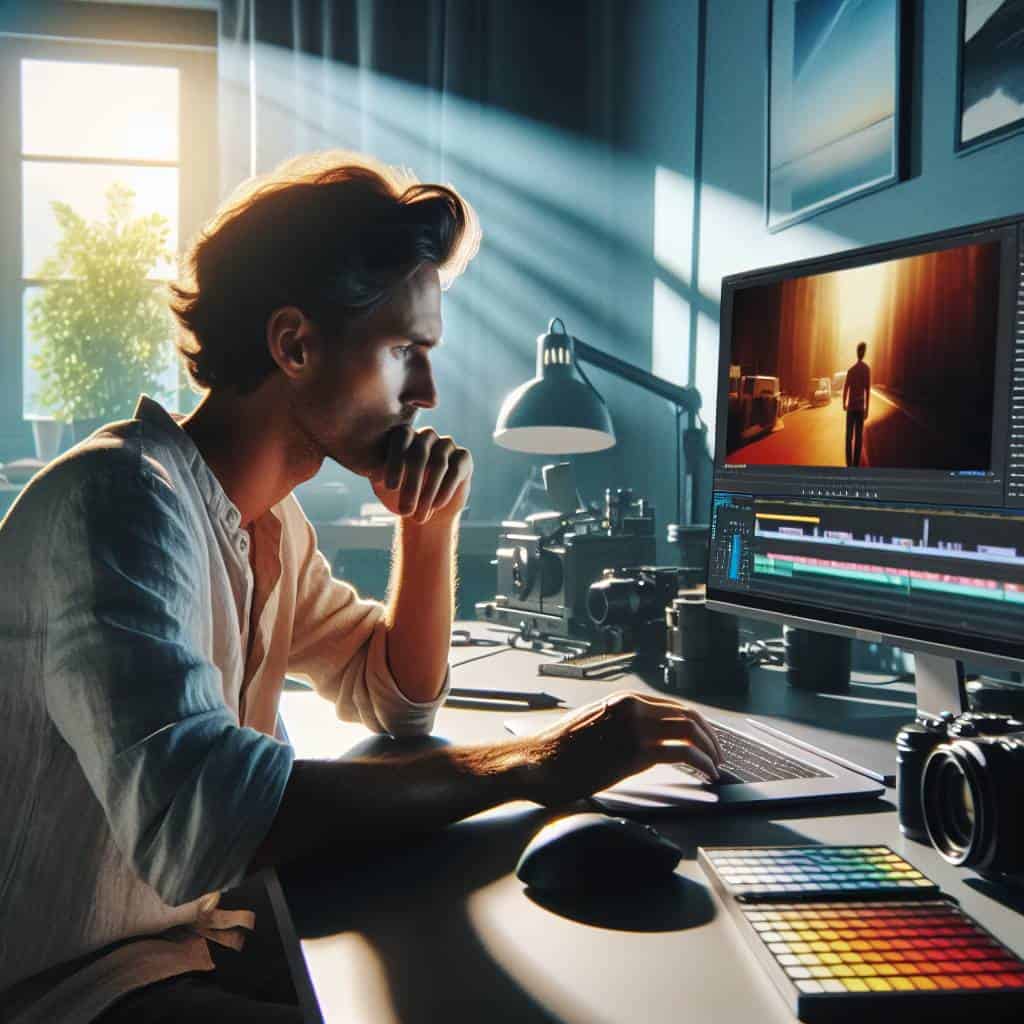
So, what’s the deal with color grading, anyway? Let’s strip away the technical jargon and get real. In this article, we’re not just talking about tweaking hues to make your video pop. We’re diving into the art of storytelling through color, the subtle power it holds in shaping a film’s mood and the theory behind why some scenes make you feel like you’re living a dream, while others drag you back into reality. Buckle up, because we’re about to unravel the vibrant layers of video editing, and who knows? Maybe you’ll find yourself coloring outside the lines, too.
Table of Contents
The Cinematic Alchemy: Transforming Bland Video into a Mood Masterpiece
Imagine this: Your film’s raw footage is laid out like an unpolished gem. It’s got potential, but right now, it’s a bland, lifeless shadow of what it could be. Enter the magic of color grading. It’s not just about slapping a filter on your video and calling it a day. No, this is about transforming every frame into a living, breathing piece of art. It’s cinematic alchemy, where each hue, each shadow, is carefully molded to evoke emotion, set the tone, and draw your audience into the story you’re telling. Without it, your film might as well be a black-and-white TV broadcast from the ’60s, devoid of the vibrancy and depth that makes cinema a visceral experience.
Color grading is where theory meets creativity, where the science of color becomes the poetry of film. It’s about understanding the psychology of color—how a soft, warm palette can turn an ordinary scene into a nostalgic memory, or how a cold, blue tint can make a moment feel haunting and tense. It’s about crafting a world where every frame is a brushstroke on the canvas of your narrative. The goal isn’t just to edit; it’s to elevate. To take your audience by the hand and lead them into the mood you’ve meticulously crafted, where every detail pulses with intent and every scene resonates with the heartbeat of your story.
Unveiling the Cinematic Alchemy
Color grading isn’t just a technical tweak; it’s the soul of storytelling, painting each frame with the emotions you want your audience to feel.
The Final Brushstroke
Color grading is more than just a technical step; it’s the soul of visual storytelling. When I first stumbled into the world of color theory and cinematic aesthetics, I thought I was just learning another skill for my toolbox. But it wasn’t long before I realized I’d been handed the keys to a whole new universe. This isn’t about slapping a filter on your footage and hoping for the best. It’s about understanding the emotion you want to evoke, the story you want to tell, and then painting with light and shadow to make it come alive.
In the end, color grading becomes this intimate dance between the footage and your vision. It’s where you decide if your film’s going to whisper or shout, intrigue or confront. As I continue to explore and refine my craft, I find that the journey reveals more about my own perceptions of mood and narrative than I ever expected. So, here’s to the vibrant chaos of the cityscapes we create, and the stories we color with our own unique palettes. Let’s keep painting.
